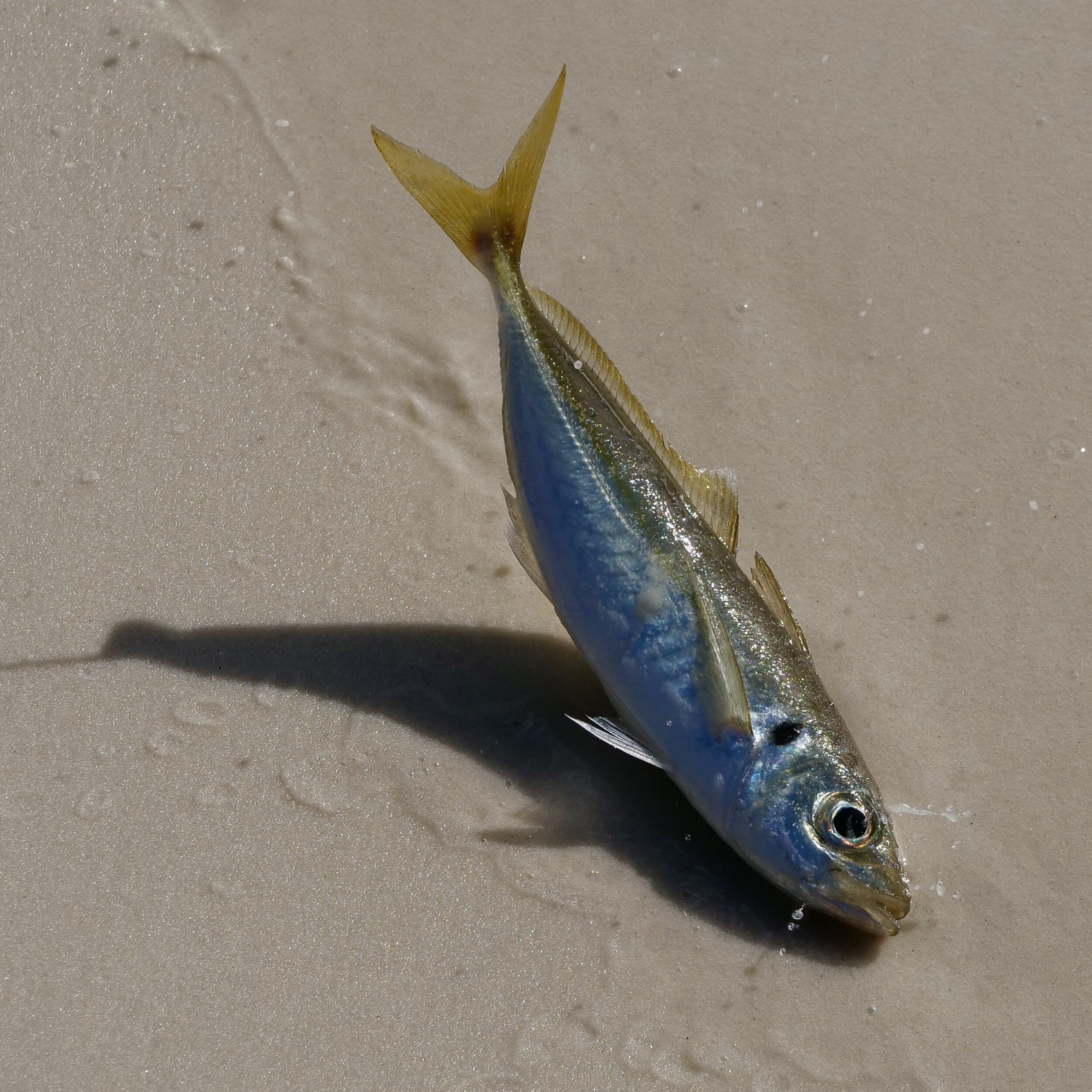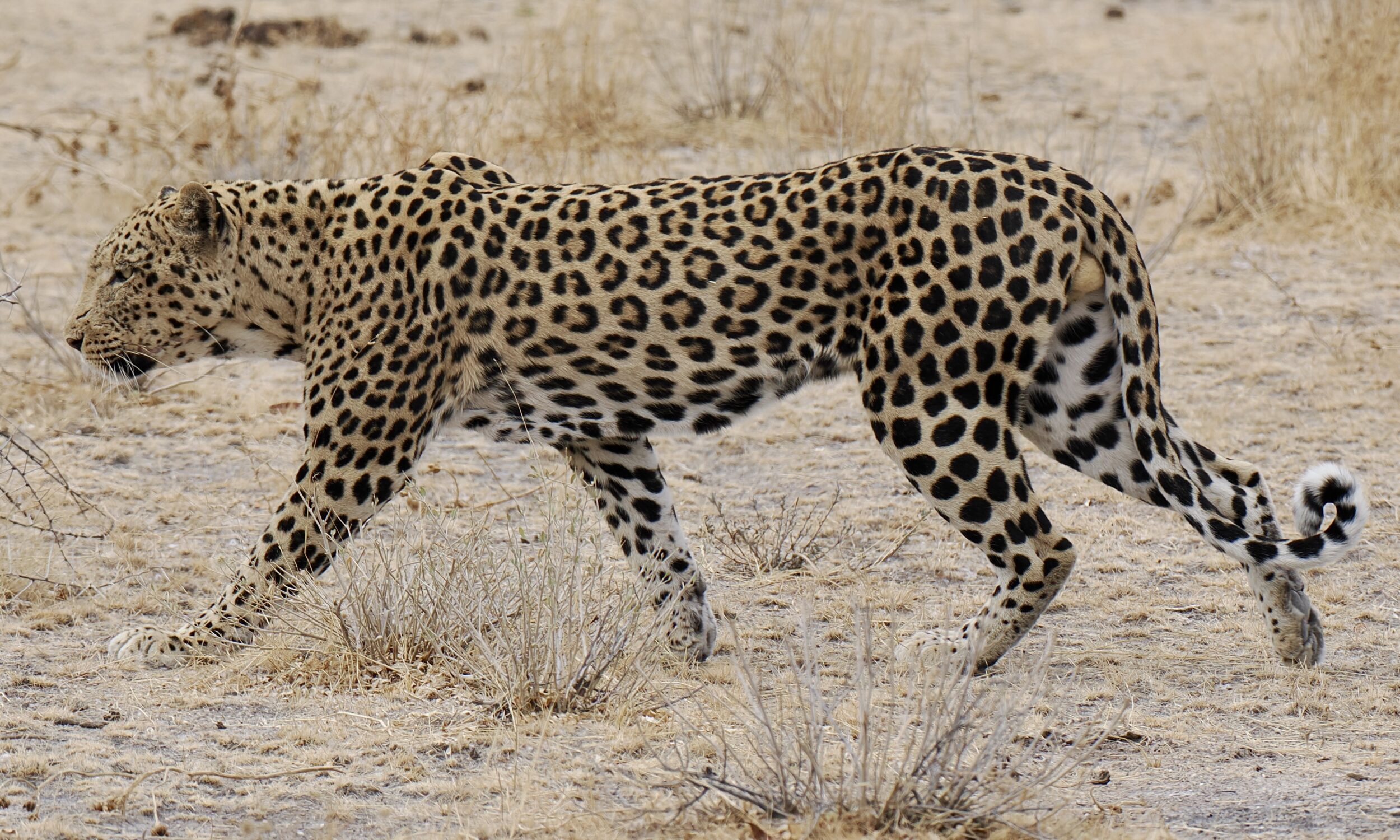If beetles had their own Olympics, the one you are looking at would be an unbackable “certainty” in sprint events.
When the pictured individual “took off”, haring across a dune above Sossusvlei, I could barely believe my eyes.
As I later discovered, the Namib Desert’s dune-dwelling Toktokkies are believed to be the fastest runners in all beetledom.
And that is not this particular Toktokkie’s most amazing aspect!
Comments closed








